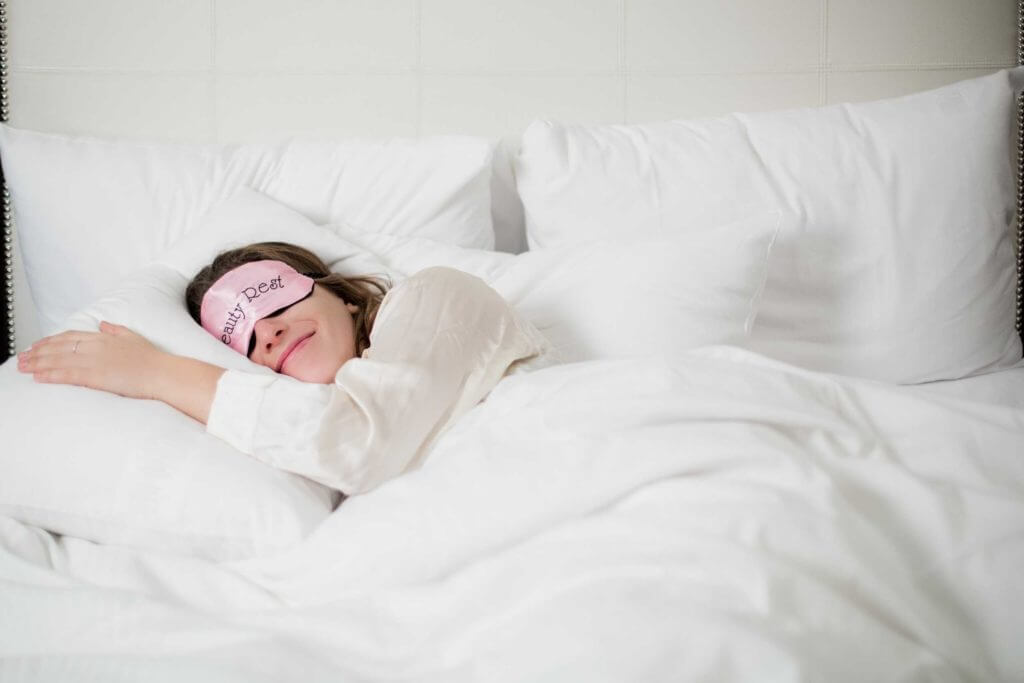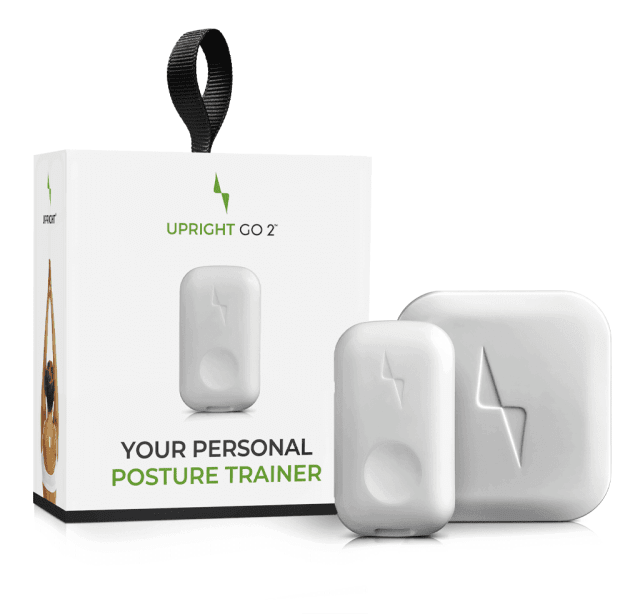Posture and Sleep
Max Frenkel

Have you ever woken up with a neck or back pain you attributed to sleeping poorly? We’ve all been there. It’s not necessarily a matter of sleeping wrong, but rather that you might not have maintained proper spinal alignment while sleeping (aka good posture.) Poor posture while sleeping can lead to disrupted sleep, increased tension, and poor circulation.
This can lead to neck, back, and shoulder pain the following morning. Unfortunately, this pain can stay with us throughout the day and may even lead to chronic pain going forward. So, what gives?
The fact is, sleeping posture matters. Of course we can make a cognitive effort to maintain upright posture during the day, but what happens to our posture when we’re snoozing? Furthermore, are there healthy sleeping positions? Or ways to sleep that are better than others? The answer is yes, and the way we sleep influences our posture.
Let’s break down our sleeping habits and how sleep posture relates to our daily well-being.
How Does Sleep Affect Posture?
Good posture doesn’t only involve sitting and standing but also how we relax and sleep. Moreover, poor sleeping posture can cause back pain and muscle strain. While sleeping or resting, it’s important to maintain spinal alignment that’s conducive to the natural curvature of the lower back. The spine naturally curves in an S-shape, and it’s important to support the body along the length of this curve.
Doing this ensures that there’s no added pressure on the lower back or developed kinks. We know what you’re thinking: how can we control our bodies while we sleep? It’s a valid point, especially for those deep sleepers.
While you may doze off to sleep and lose control of your posture throughout the night, there are certain measures you can take to set yourself up for good posture while you sleep.
What is the Best Sleeping Position for Posture?
The best position to sleep in is on your back. While you’re falling asleep, try lying on your back with a pillow or cushion beneath your knees. This positions your body to provide support to your spine, even if your bed isn’t shaped to the curve of your back. If you absolutely can’t sleep on your back, try sleeping on your side with your knees bent. You can even place a pillow between the knees to keep your hips aligned.
To keep your body straight in either of these sleeping positions, think to align your ears, shoulders and hips on one flat plane. Any twisting that moves either your ears, shoulders, or hips out of line with the other two is causing strain on your spine. Even when you are getting into bed, repositioning to get comfortable, or getting up in the morning, you want to keep these three spots in line. If you concentrating on moving the trunk of your body as one unit, instead of twisting, you will better support your posture needs.
Ultimately, you’ll want to sleep either on your side or back with the spine aligned straight. Each one of these options are healthy sleeping positions that will gently support the natural curvature of the spine.
Sleeping Postures to Avoid
It’s best to avoid sleeping on your stomach as this position can create tension in the lower back. Sleeping on your stomach highlights putting strain on all the parts of the “s-curve” that need support. With a pillow under your head the weight adds pressure to the neck and spine. This is often the culprit to morning neck-aches.
However, a sleep study found that 17% of people prefer sleeping on their stomachs. If this is you, place a pillow under your waist to keep the spine supported. While this added support may take some time to adjust to, it will help your body in the long run.
Try to avoid sleeping in the fetal position, as this can add unwanted stress to the spine. When on your side, keep the knees slightly bent without pulling them up toward the chest. If you must bring your knees forward, keep the bend of your knees lower than hip level.
Maintain Good Posture Day and Night
Better posture while you sleep will increase the effectiveness of your sleep. Getting good sleep is vital to daily health and wellbeing. Now that you know the best sleeping position for posture, you can sleep soundly knowing your body is healthy and happy.
Combine good sleeping posture with daily posture training sessions to invite the incredible benefits of good posture. In fact, daily training sessions with UPRIGHT can quickly improve posture and create long-term health benefits. Improving everyday posture can teach your body the correct positions to maintain, and this muscle memory will transfer to your sleeping habits as well.
To summarize: sleep right and stay upright to maintain good posture day and night.
You Might also Like
Search
Sign up to our newsletter
Follow Us On
Popular
Revisit the GO 2/S Device Setup
How to get started
Finding your upright position
How to find your target upright posture
Calibration
Check out the UPRIGHT GO 2

